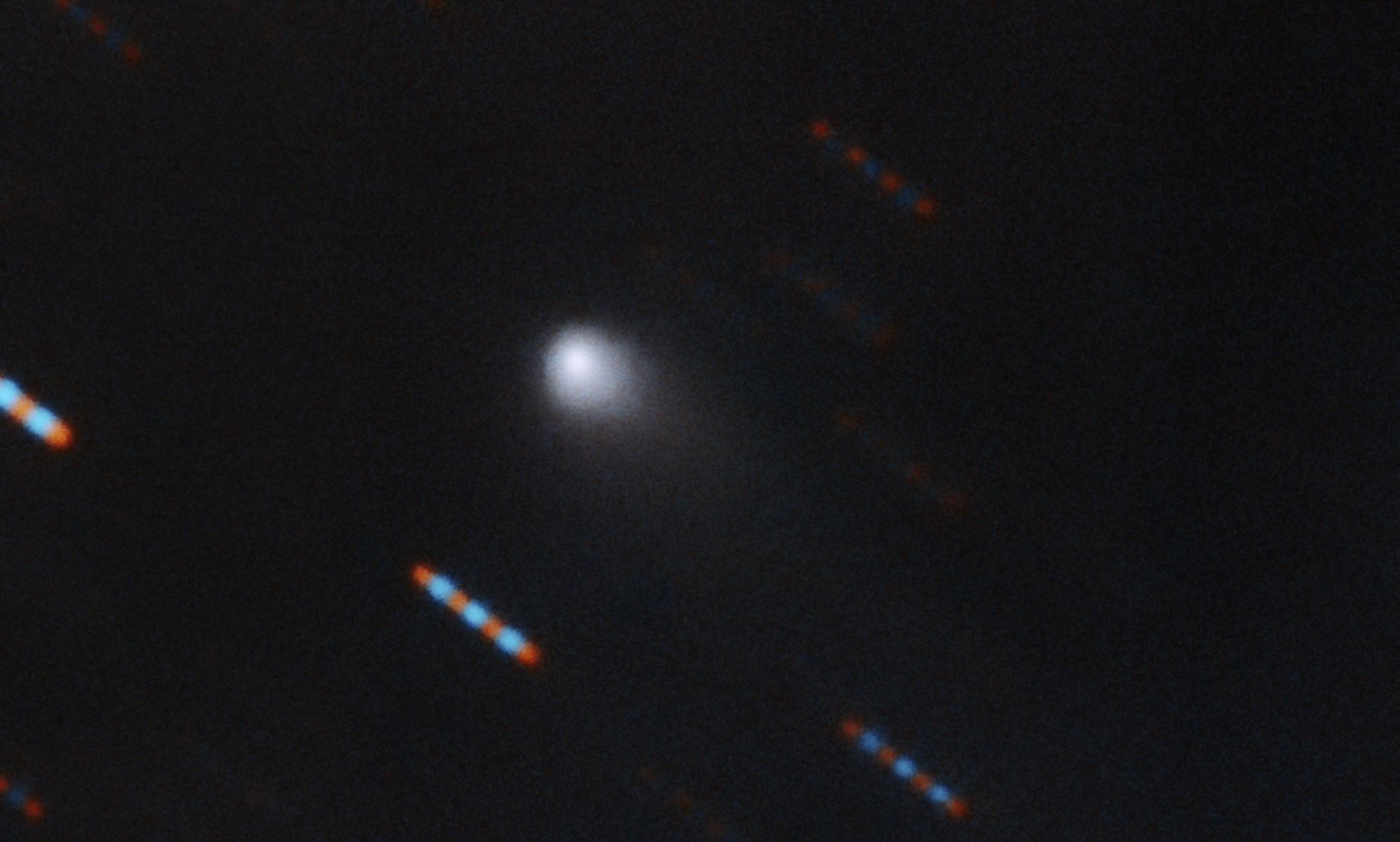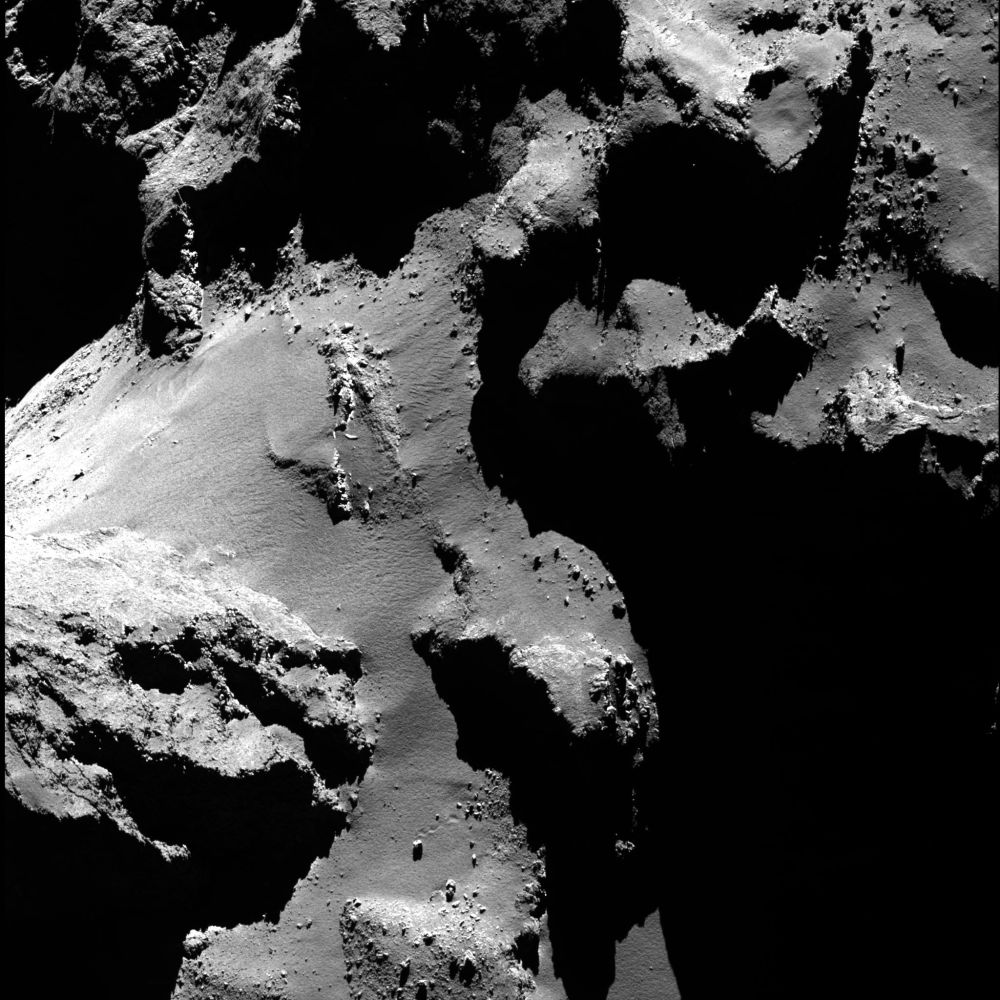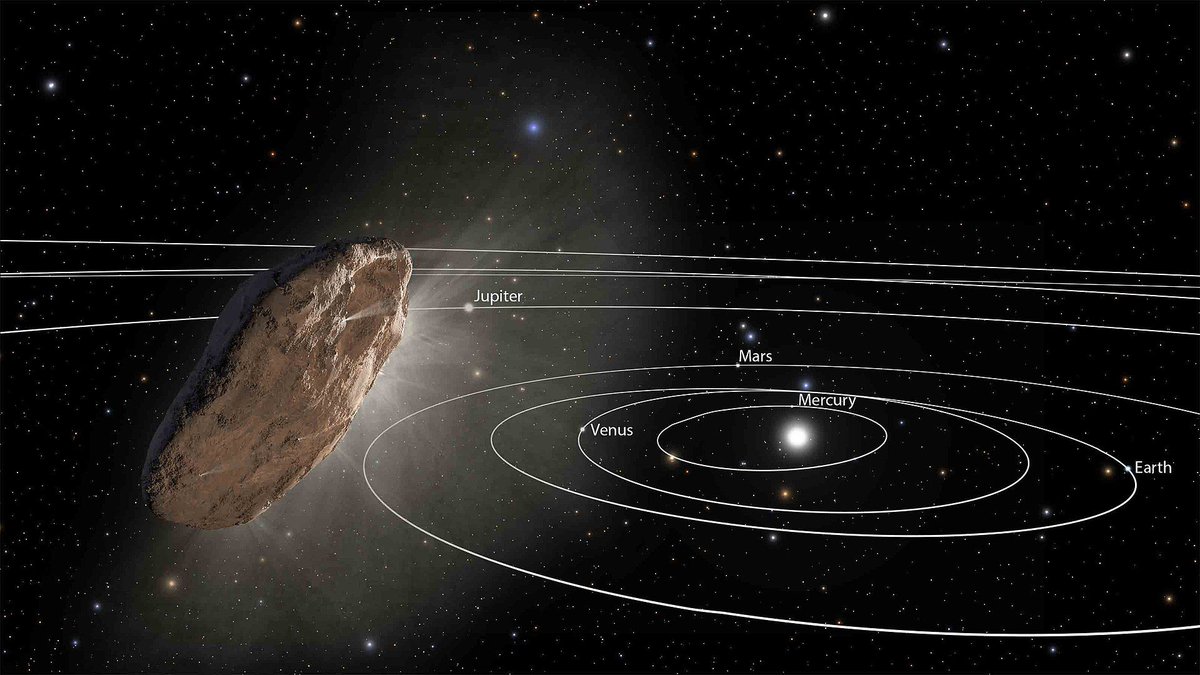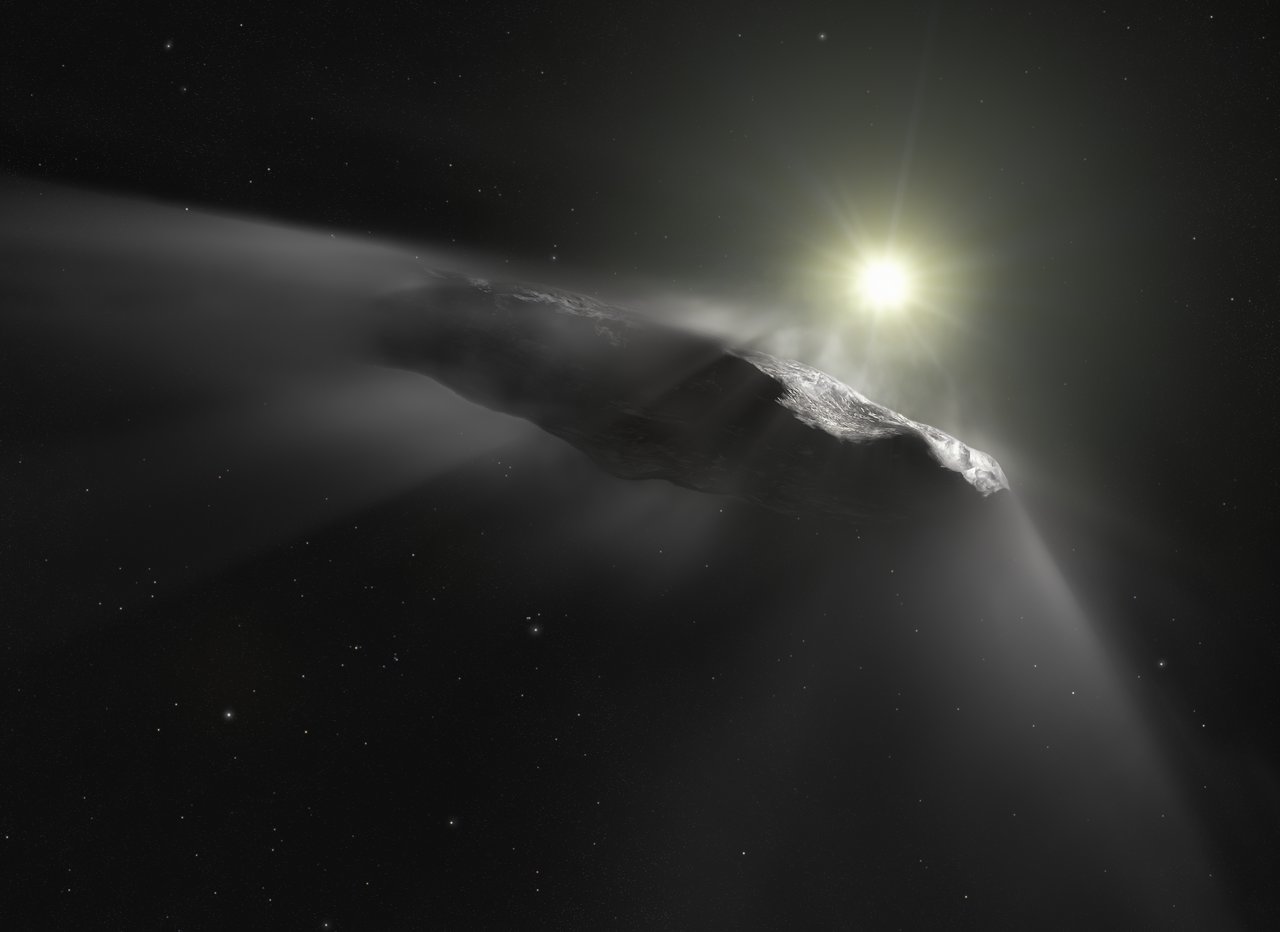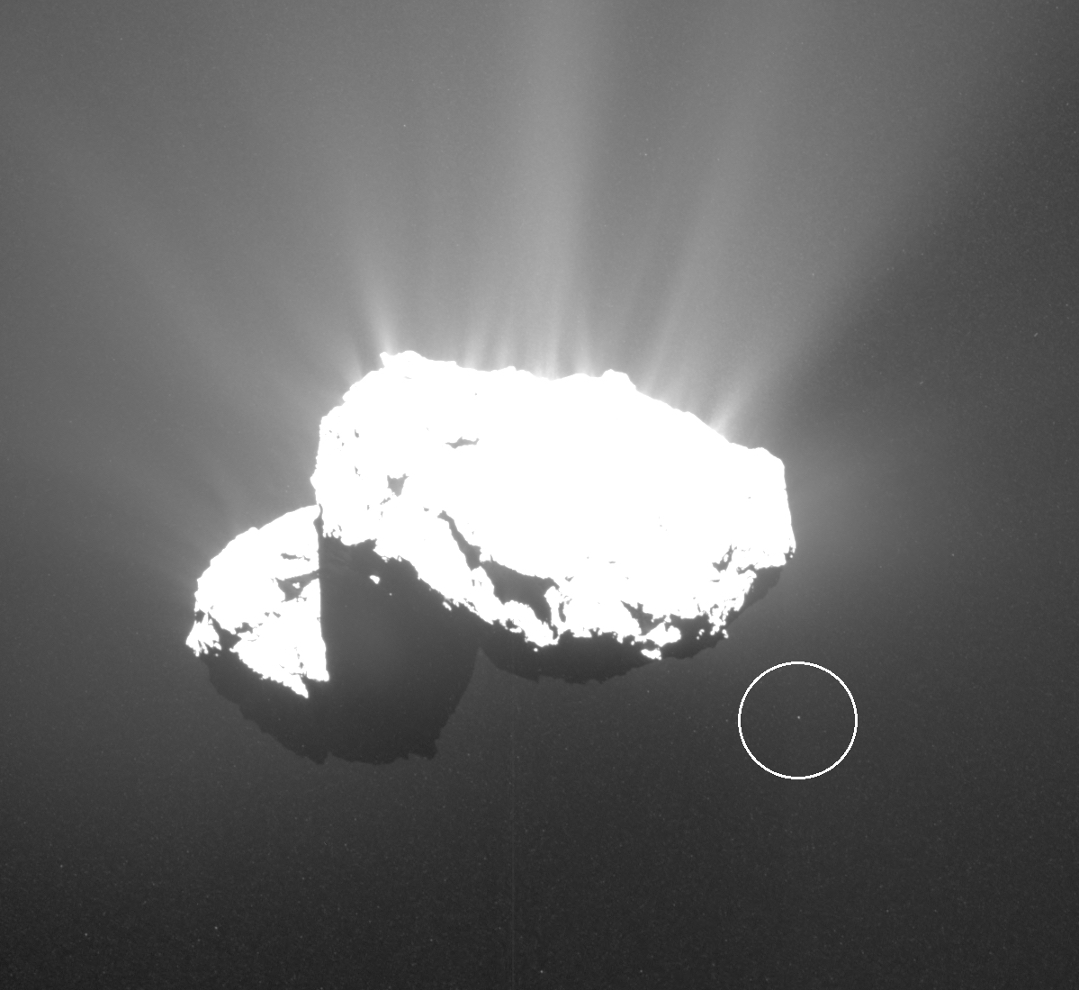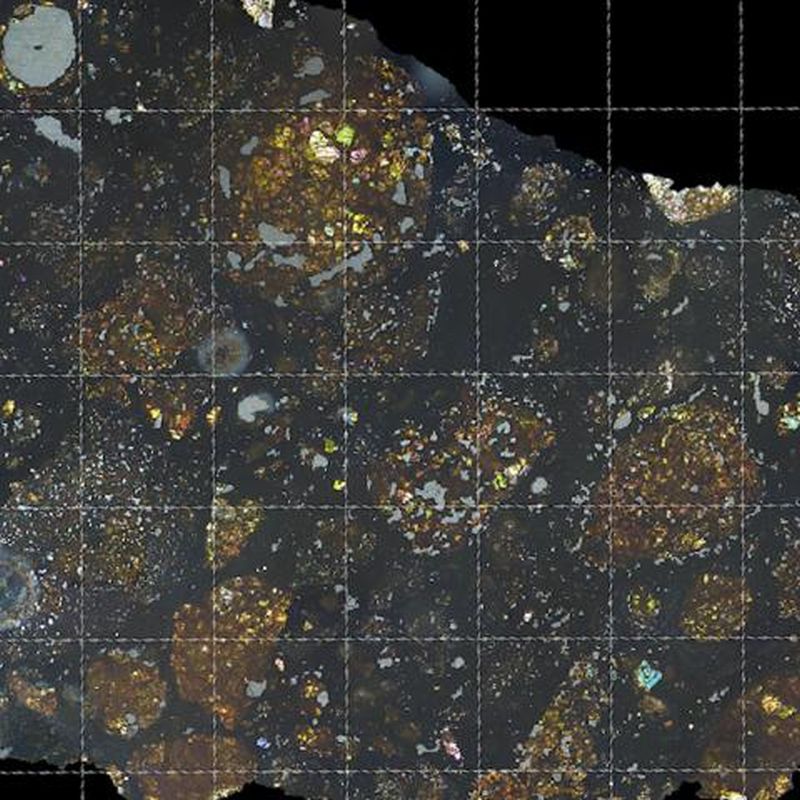For over a century, proponents of Panspermia have argued that life is distributed throughout our galaxy by comets, asteroids, space dust, and planetoids. But in recent years, scientists have argued that this type of distribution may go beyond star systems and be intergalactic in scale. Some have even proposed intriguing new mechanisms for how this distribution could take place.
For instance, it is generally argued that meteorite and asteroid impacts are responsible for kicking up the material that would transport microbes to other planets. However, in a recent study, two Harvard astronomers examine the challenges that this would present and suggest another means – Earth-grazing objects that collect microbes from our atmosphere and then get flung into deep-space.
Continue reading “Comets and Interstellar Objects Could be Exporting Earth Life Out into the Milky Way”


